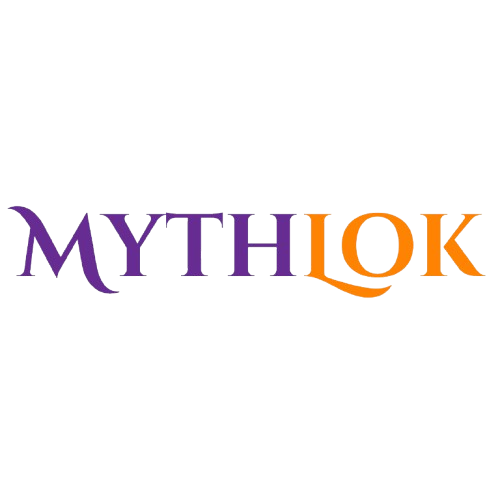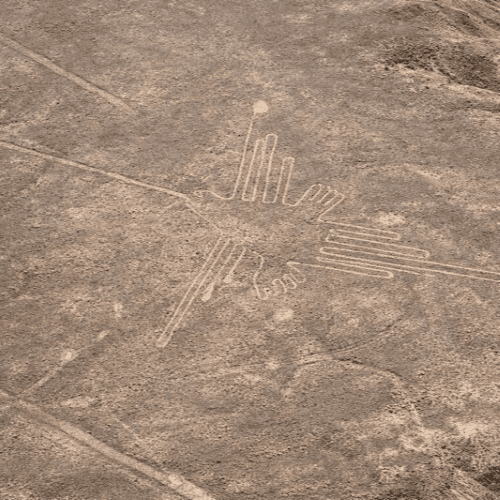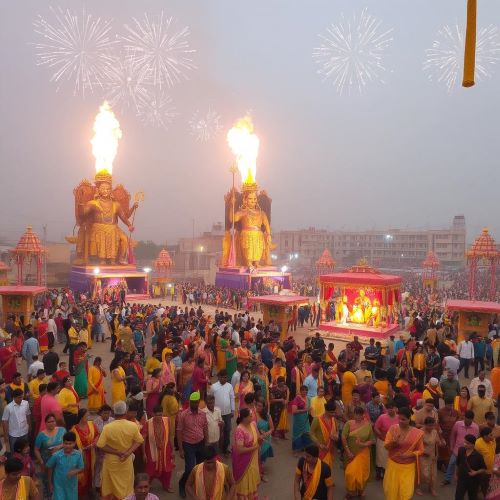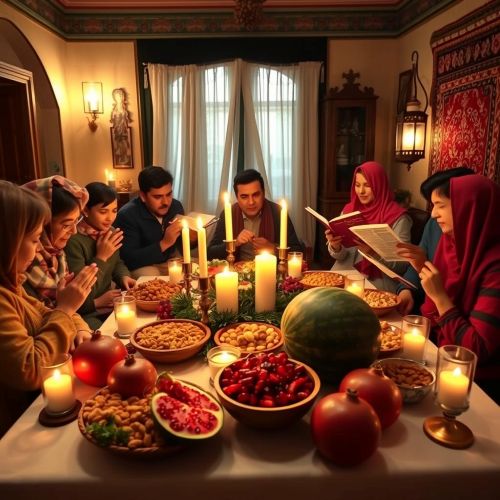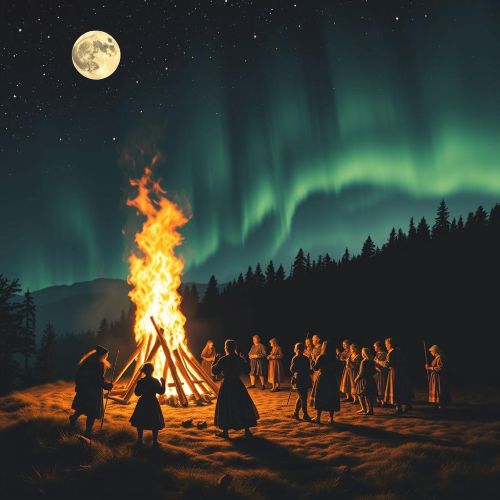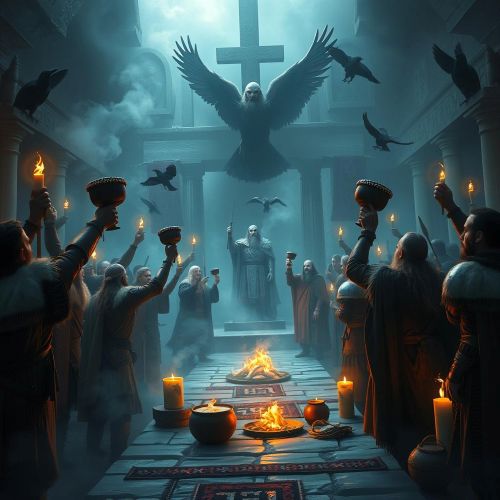Navaratri : The Holy 9 Nights
At a glance
| Description | |
|---|---|
| Location | All over India |
| Country | India |
| Dedicated To | Durga |
| Duration | 9 days |
| Time of Year | September – October |
Introduction
Navaratri, a cherished Indian festival, is marked by nine nights of devotion, dance, and cultural expression. Rooted in Hindu mythology, it honors the divine feminine, particularly Goddess Durga in her various forms. Typically observed in September or October, it signifies the triumph of good over evil and the strength of feminine energy.
More than just a religious event, Navaratri is a dynamic fusion of spirituality, art, and tradition. Vibrant celebrations include devotional songs, rhythmic Garba and Dandiya dances, and elaborate decorations, all reflecting India’s diverse cultural heritage. The festival fosters a strong sense of community, uniting people in joyous reverence and festivity.
Connection with Mythology
Navaratri’s origins are deeply rooted in Hindu mythology, particularly the legends of Goddess Durga’s divine battles. The most well-known tale recounts her epic struggle against Mahishasura, a shape-shifting demon granted near invincibility. Empowered by a celestial boon, he terrorized both Earth and the heavens, prompting the gods to unite their energies and create Durga—a formidable warrior goddess. After nine days of relentless combat, she finally defeated Mahishasura, restoring harmony to the cosmos. Each night of Navaratri honors a different form of Durga, collectively known as the Navadurga, with each aspect symbolizing a distinct power or virtue.
Beyond this legend, another tradition ties Navaratri to Lord Rama, who is believed to have invoked Durga’s blessings before his battle with Ravana. His eventual triumph, marked by Dussehra, symbolizes the victory of righteousness over tyranny. These mythological narratives emphasize themes of resilience, divine justice, and the power of faith, making Navaratri a celebration not just of devotion, but also of spiritual and moral strength.
Main Activities
Navaratri is celebrated in diverse ways across India, reflecting the cultural richness of different regions. The festival revolves around devotion, music, dance, and community gatherings, making it both a spiritual and social experience. Each day, devotees honor a different form of Goddess Durga with prayers, hymns, and rituals. Homes and temples are adorned with flowers, lamps, and intricate rangoli patterns, creating a vibrant and sacred atmosphere. Many observe fasts, following a sattvic diet that includes fruits, nuts, and special dishes like sabudana khichdi and kuttu puris. The conclusion of the fast is often marked with a festive meal shared with family and friends.
Dance and music play a significant role in the celebrations, particularly in Gujarat and Rajasthan, where Garba and Dandiya Raas take center stage. Dressed in colorful traditional attire, people gather in large groups to perform these energetic dances to the beats of devotional songs. In North India, Navaratri is closely associated with Ramleela, a dramatic retelling of the Ramayana, culminating in the burning of Ravana’s effigy on Vijayadashami. This theatrical performance reinforces the festival’s theme of good prevailing over evil.
In South India, the festival is marked by the display of Golu, an artistic arrangement of dolls and figurines on tiered platforms, showcasing scenes from mythology, history, and everyday life. Families invite guests to view these displays, fostering social interactions and cultural appreciation. In West Bengal, Navaratri takes the form of Durga Puja, a grand celebration featuring elaborately crafted idols, decorative pandals, and vibrant processions. The festivities reach their climax with the immersion of Durga idols in water, symbolizing her return to the divine realm.
Navaratri is more than a religious observance; it is a dynamic festival that blends devotion, tradition, and cultural expression. The coming together of communities through rituals, music, dance, and storytelling highlights the essence of unity and reverence, making it one of the most cherished celebrations in India.
Importance in Cultural History
Navaratri is deeply woven into India’s cultural and historical fabric, influencing social traditions, artistic expressions, and spiritual perspectives. Over time, the festival has adapted to regional customs, making it a dynamic celebration that reflects the country’s diverse heritage. Historically, it was marked by grand royal festivities and communal gatherings that reinforced social unity. The legends surrounding Goddess Durga have inspired generations of poets, painters, and musicians, keeping cultural narratives alive through artistic expression. The veneration of Durga as the embodiment of Shakti has also shaped societal attitudes, encouraging reverence for feminine strength and resilience.
Beyond its religious significance, Navaratri fosters a rich tradition of dance, music, and theatrical performances, turning temples and community spaces into centers of creative and cultural exchange. The festival serves as a time to celebrate not just devotion but also artistic and social engagement. Additionally, its timing aligns with the agricultural cycle, marking the post-monsoon harvest and symbolizing gratitude for nature’s abundance. This connection between spirituality and seasonal change highlights the festival’s broader significance as a moment of renewal, reflection, and collective joy.
International Appeal
Navaratri’s influence extends far beyond India, with grand celebrations taking place across the globe. The Indian diaspora has carried its traditions to countries like the United States, Canada, the United Kingdom, and Australia, where it serves as a bridge connecting communities to their cultural heritage. Events organized by temples and cultural organizations bring together people from different backgrounds, fostering a sense of unity through music, dance, and festive gatherings. The themes of Navaratri, such as the victory of good over evil and the reverence for feminine energy, resonate universally, making it an inclusive celebration that welcomes participation from all cultures.
In recent years, the festival’s presence has grown even stronger through social media and digital platforms, allowing people worldwide to engage in its rituals, performances, and discussions. Virtual celebrations have made it possible for devotees to feel connected regardless of location, highlighting the unifying power of tradition. As Navaratri continues to gain international recognition, it not only strengthens cultural ties within the diaspora but also introduces the richness of Indian heritage to a broader audience, fostering cross-cultural appreciation and dialogue.
Source
Ayyar, P. V. Jagadisa. South Indian Customs and Rituals. Asian Educational Services, 2001.
Bhattacharjee, S. Durga Puja: Myth and Practices. Sahitya Akademi, 2008.
“Navaratri Festival.” Encyclopedia of Hinduism. Routledge, 2014.
“Durga Puja and Navaratri Celebrations.” Cultural India, .
Saraswati, Swami Satyananda. Devi Mahatmyam: The Glory of the Goddess. Bihar School of Yoga, 1982.
“Indian Festivals: Navaratri.” Government of India Tourism Website, .
“Navaratri Around the World.” Times of India, 2021.
Frequently Asked Questions
Lorem ipsum dolor sit amet, consectetur adipiscing?
Lorem ipsum dolor sit amet, consectetur adipiscing elit. Praesent convallis vestibulum justo, ac tincidunt nunc vehicula quis. Nullam id dolor quis orci malesuada feugiat. Curabitur aliquet libero at urna ullamcorper, ac ultricies nulla dapibus.
Lorem ipsum dolor sit amet, consectetur adipiscing?
Lorem ipsum dolor sit amet, consectetur adipiscing elit. Praesent convallis vestibulum justo, ac tincidunt nunc vehicula quis. Nullam id dolor quis orci malesuada feugiat. Curabitur aliquet libero at urna ullamcorper, ac ultricies nulla dapibus.
Lorem ipsum dolor sit amet, consectetur adipiscing?
Lorem ipsum dolor sit amet, consectetur adipiscing elit. Praesent convallis vestibulum justo, ac tincidunt nunc vehicula quis. Nullam id dolor quis orci malesuada feugiat. Curabitur aliquet libero at urna ullamcorper, ac ultricies nulla dapibus.
Lorem ipsum dolor sit amet, consectetur adipiscing?
Lorem ipsum dolor sit amet, consectetur adipiscing elit. Praesent convallis vestibulum justo, ac tincidunt nunc vehicula quis. Nullam id dolor quis orci malesuada feugiat. Curabitur aliquet libero at urna ullamcorper, ac ultricies nulla dapibus.
Lorem ipsum dolor sit amet, consectetur adipiscing?
Lorem ipsum dolor sit amet, consectetur adipiscing elit. Praesent convallis vestibulum justo, ac tincidunt nunc vehicula quis. Nullam id dolor quis orci malesuada feugiat. Curabitur aliquet libero at urna ullamcorper, ac ultricies nulla dapibus.

